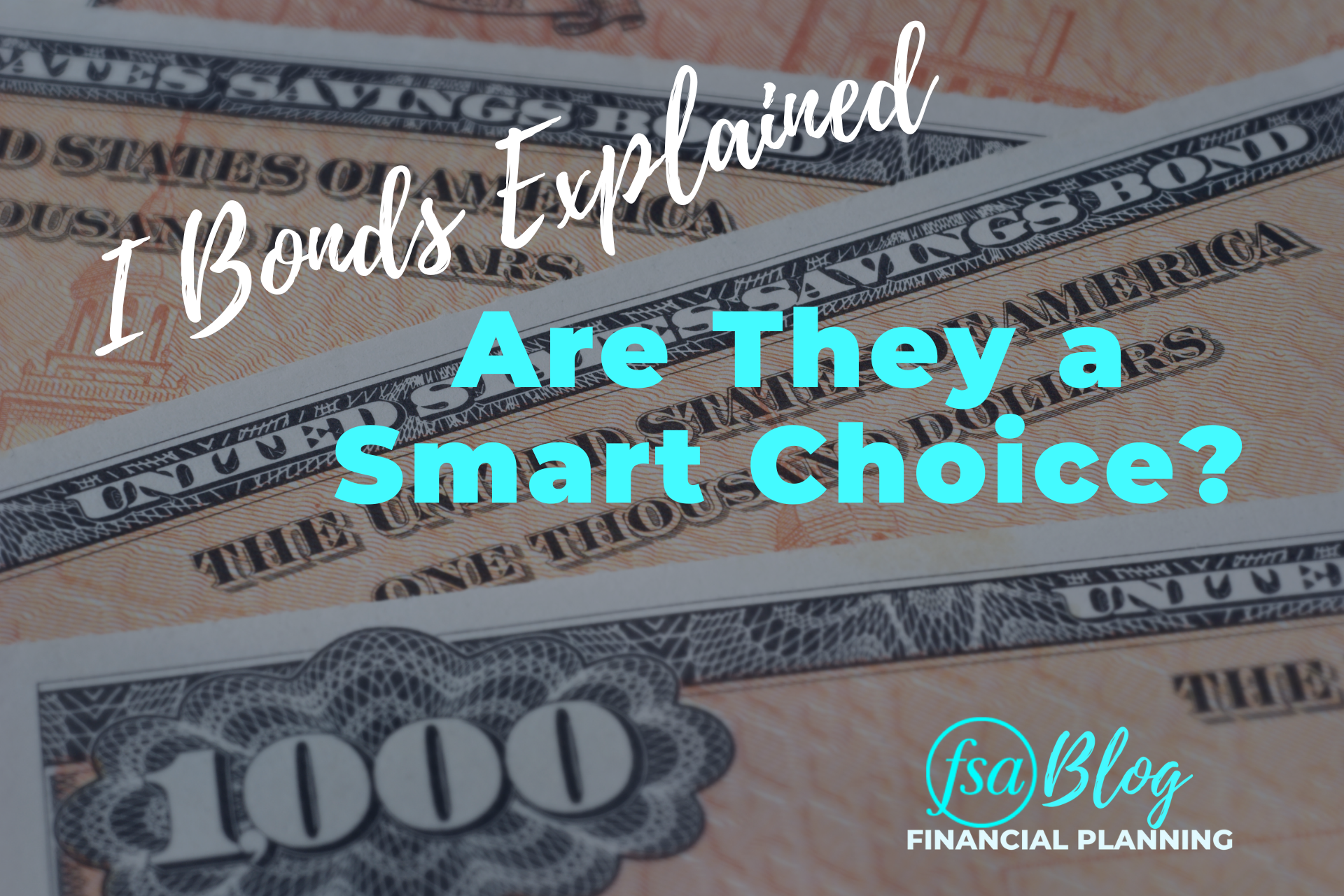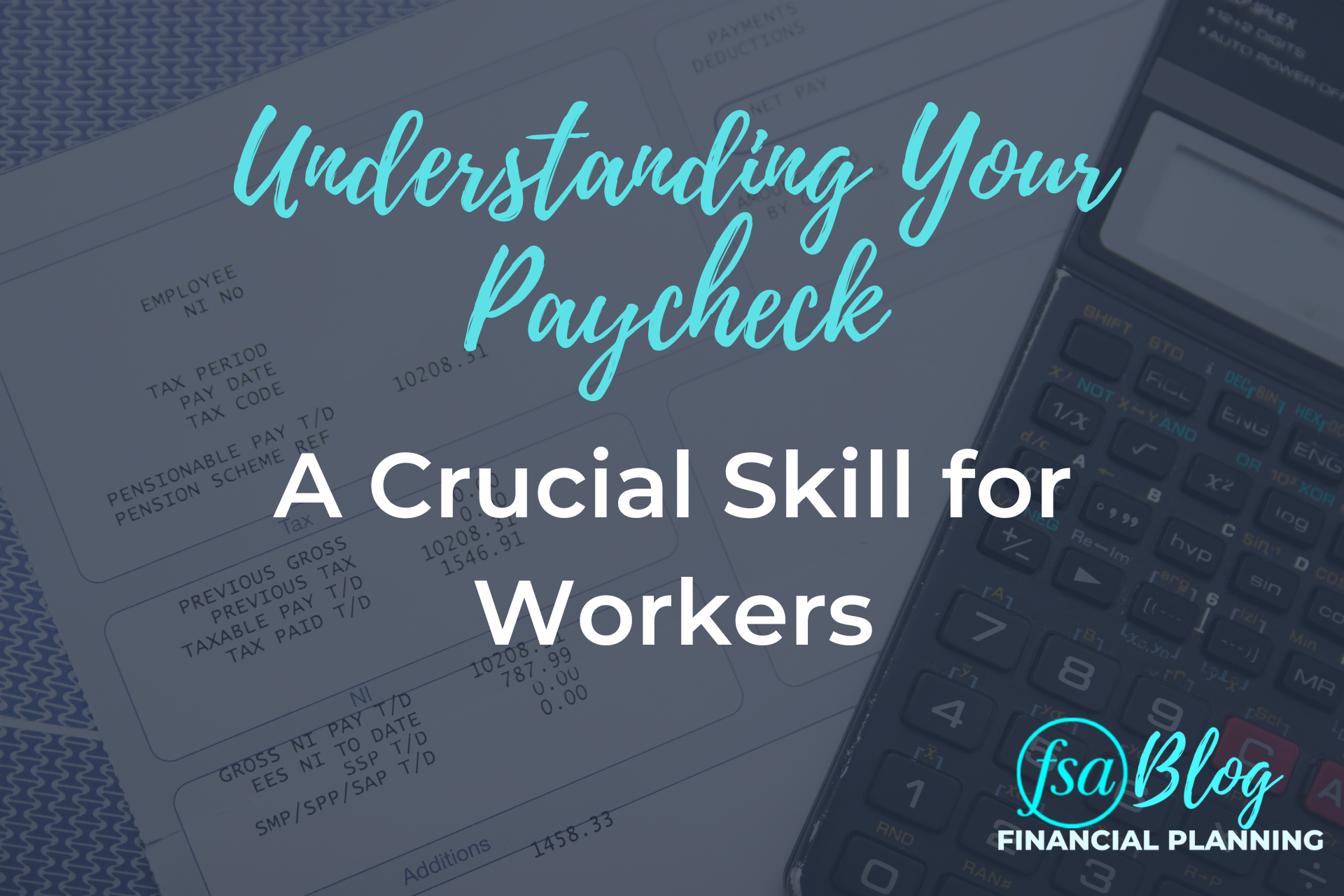With inflation levels hitting four-decade highs, more and more investors are looking for ways to protect their wealth. For 2022, the stock market, precious metals, and especially Bitcoin have not lived up to their inflation hedge reputation. Now many investors are turning towards an investment known as I bonds. Here, we will explain what I bonds are and whether they are a smart choice as a long-term inflation hedge.
What Are I Bonds?
I bonds are a type of U.S. savings bond designed to help preserve the long-term purchasing power of the investor. Interest rates on I bonds are made of two components:
- A 30-year fixed rate at the time of purchase (currently near 0%).
- An inflation rate which is adjusted semi-annually on May 1 and November 1 each year.
For bonds issued from May 2022 to October 2022, the combined rate is 9.62%. You can easily see why I bonds may be a front-runner investment choice in a long-term high-inflation-rate environment.
Currently, the U.S. government allows individuals to purchase up to $10,000 worth of I bonds per year. That means couples can scoop up to $20,000 of the bonds per year. Additionally, you can also add another $5,000 worth of I bonds annually with your tax refund. This allows a total annual purchase rate of $15,000 per person or $25,000 for a married couple. You can purchase I bonds through the U.S. treasury website TreasuryDirect.
Pros of I Bonds
Let’s cover the reasons you should consider purchasing I bonds in 2022:
- Tax Advantages: With I bonds, you don’t have to pay state or local income taxes on the yield. If you happen to live in a high-tax state, then I bonds offer you some excellent advantages. Also, the federal taxes on the yield are tax-deferred until withdrawals are made.
- Inflation Hedge: To drive the point home, I bonds are designed to work as an inflation hedge. In high-inflation-rate environments, I bonds can help protect your purchasing power. Where else can you get a 9.62% yield today?
- Nearly Zero Default Risk: I bonds are issued by the United States Treasury and are backed by the United States government. Because of that, there is a nearly zero risk of default.
Cons of I Bonds
It is not all roses for I bonds:
- Historically they underperform the stock market. Over a long period, the stock market has historically performed better than I bonds, hence why equities are typically stated as a good inflation hedge.
- Limited Annual Purchases: As mentioned, the most amount of I bonds that you can purchase each year is $15,000. Building an emergency fund of $50,000 in I bonds would take over three years for an individual and two years for a couple.
- Liquidity: There are some handcuffs when it comes to I bonds. You cannot withdraw funds from the bonds for the first year. After that, for the next four years, there is a three-month interest penalty for taking money out of the bonds (similarly to CDs).
- Interest Rate: Since the interest rate adjusts twice a year, once inflation starts leveling out, the yield will drop with it. It obviously won’t stay at the appealing 9.62% forever.
Our Stance
Given the purchase limits on I bonds and needing to purchase them through TreasuryDirect, FSA would not be able to use these types of bonds in our investment strategies. We have equities, commodities, floating rate bonds, and other inflation-protected securities in our investment tool belt.
I bonds could, however, be useful to generate additional yield for those with healthy emergency savings. Keeping in mind the liquidity restraints, you would want to keep a good chunk of your emergency fund in cash or money markets for quick withdrawals for emergencies.
Of course, this all depends on your personal situation. If you’re not sure where I bonds fit in your financial world, please click here to talk with an FSA advisor.
FSA’s current written Disclosure Brochure and Privacy Notice discussing our current advisory services and fees is also available at https://fsainvest.com/disclosures/ or by calling 301-949-7300.




